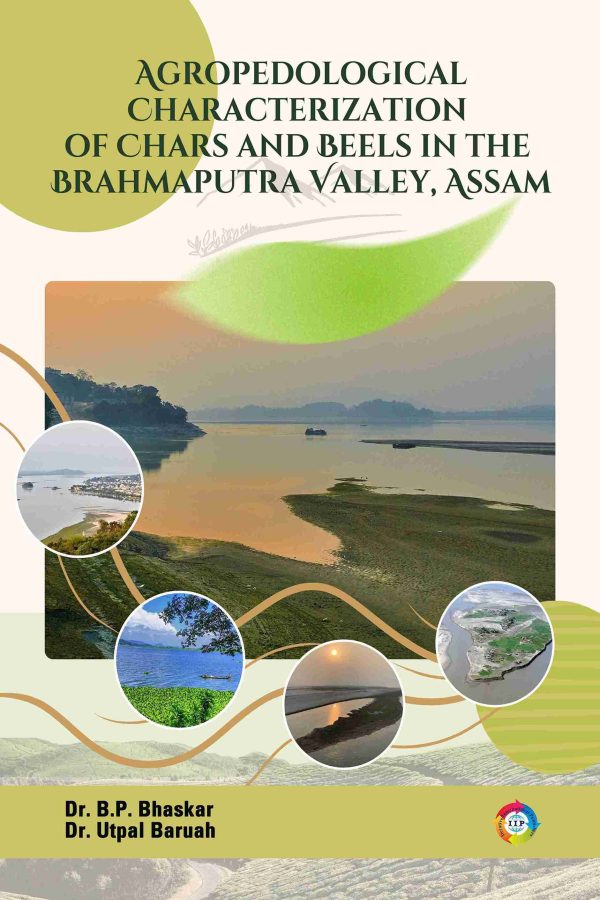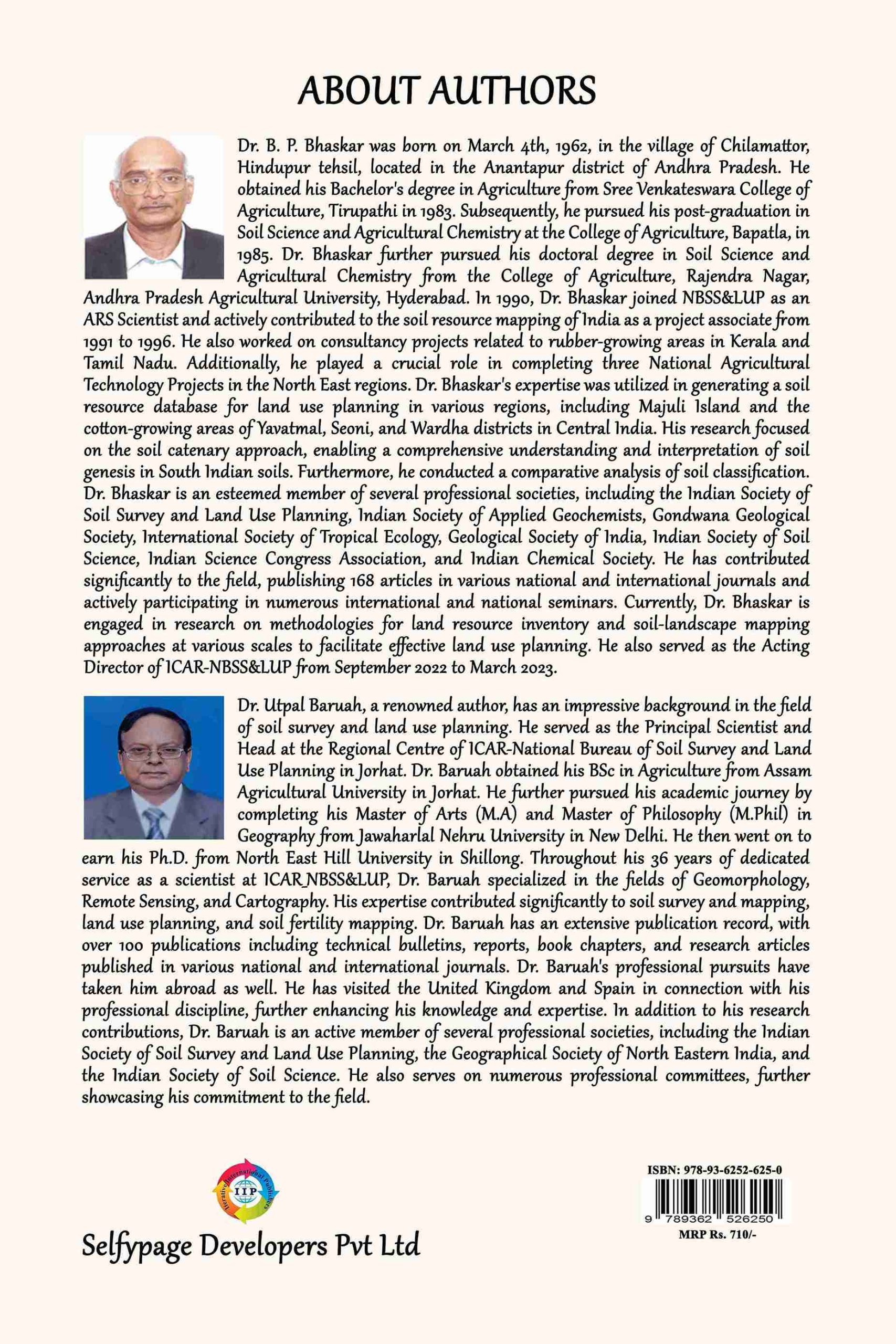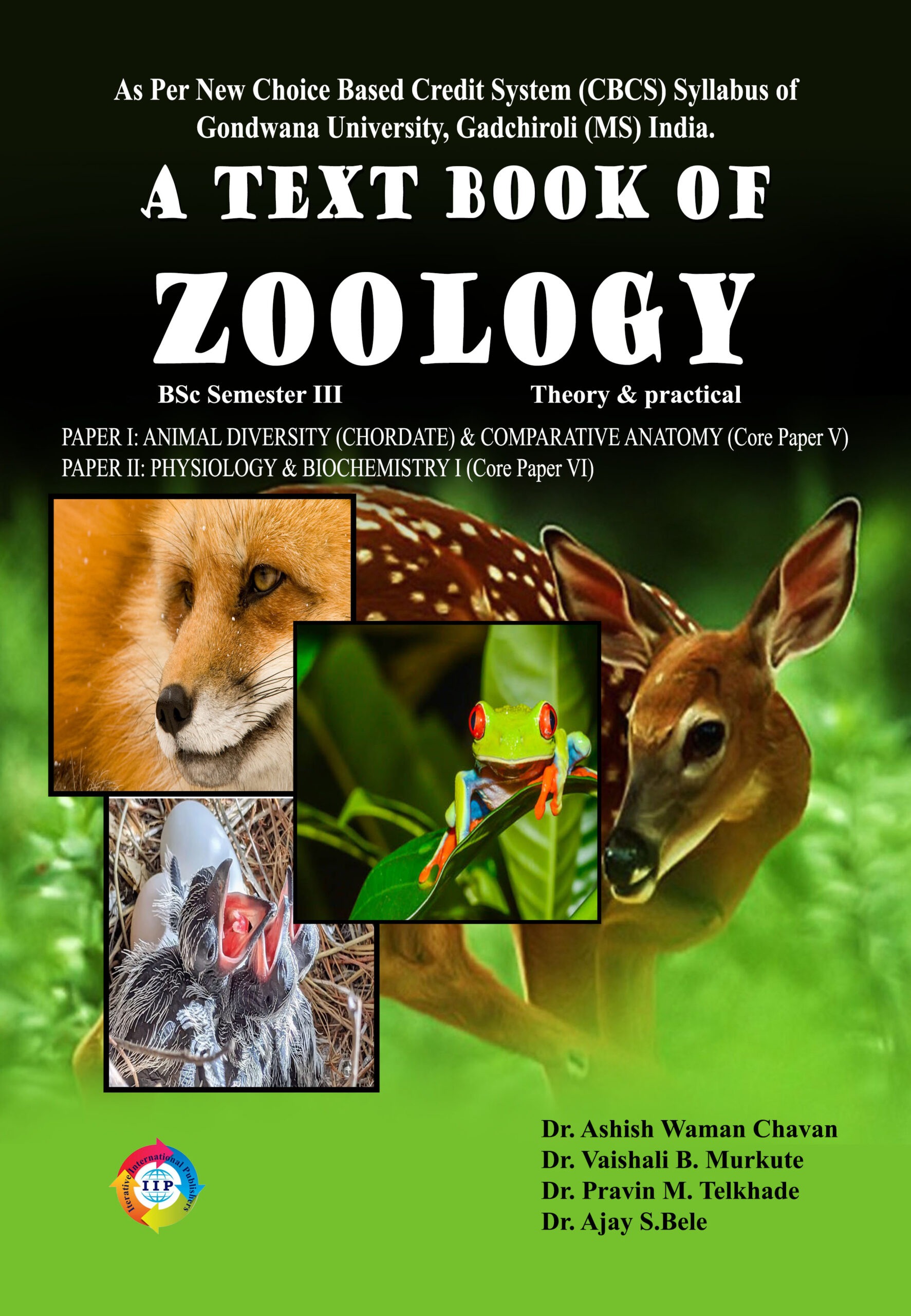It is undeniable that river valleys are home to numerous ecosystems that are not only valuable but also face numerous threats worldwide. While some argue that natural changes in environmental processes are responsible for these disturbances, it is widely recognized that human-induced transformation is the primary cause. Among these ecosystems, wetland habitats are particularly unique and vulnerable, and they have received more attention in terms of conservation efforts. The fate of these wetland habitats, as well as other components of river valleys, depends heavily on land management practices and the intensity of natural resource exploitation. Unfortunately, truly natural and intact river valleys are rare nowadays, as most of them bear the marks of human impact on the environment. However, there is hope as certain areas, like chars and marshylands have ceased or abandoned their utilization, making them favorable for protection and successful restoration of key landscape components. In the modern era, there has been a significant refinement in environmental management and protection plans, with a focus on finding effective tools to control the use of natural resources. It is crucial that the exploitation of these resources does not cause disturbance to the ecosystems to the extent that their capacities and production potential are lost for future generations. This urgent need to balance human requirements with the preservation of the natural system’s ability to provide essential resources has led to the concept of sustainable development. The Ramsar Convention says that 50% of wetlands have been lost globally. In India, there are no systematic studies on wetland loss, but reports show that there were around 58.3 million hectares of wetlands, with paddy fields accounting for 71% of the area. Some assessments have been made, but they were not done properly. A report from 2011 shows that India has about 757.06 thousand wetlands covering 15.3 million hectares, which is 4.7% of the total geographical area. Most of the wetlands are inland, with some on the coast and others in different areas.
Pedological investigations through well-designed soil surveys are crucial for evaluating biophysical parameters for rice-based cropping systems in various regions. The current book presents critical studies on the morphodynamic changes of Brahmaputra in three cross-sections and off-soil studies of Majuli and Beel environs of Nimathighat to Kokilamukh Ghat sections of Jorhat district. These studies explain the pedogenic transformations in profiles under both aquic and udic moisture regimes. The pedogenic evaluation through characterization and classification of soils is of immense value in linking rice productivity and designing eco-friendly cropping systems. It is imperative that we recognize the threats they face and take action to protect and restore them. By doing so, we can ensure the continued provision of natural resources while preserving the integrity and stability of our environment for generations to come.









Reviews
There are no reviews yet.